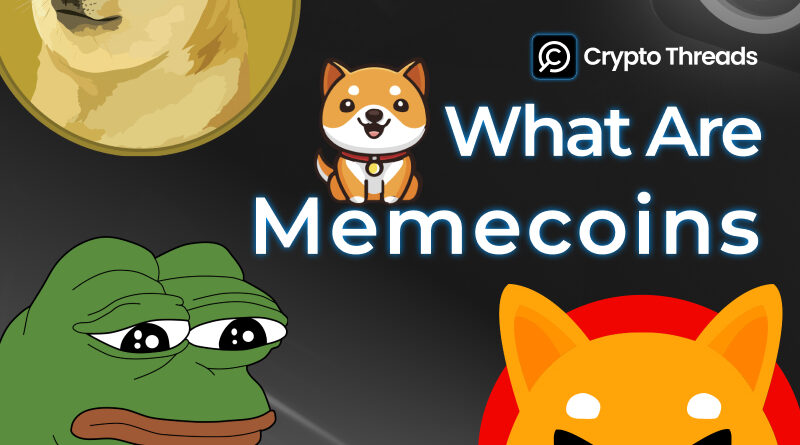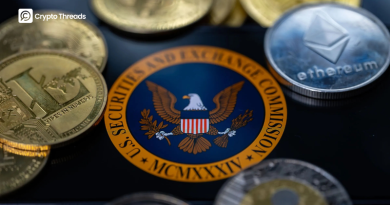What Are Memecoins? A Deep Dive into Popular Meme Coins and Their Volatility
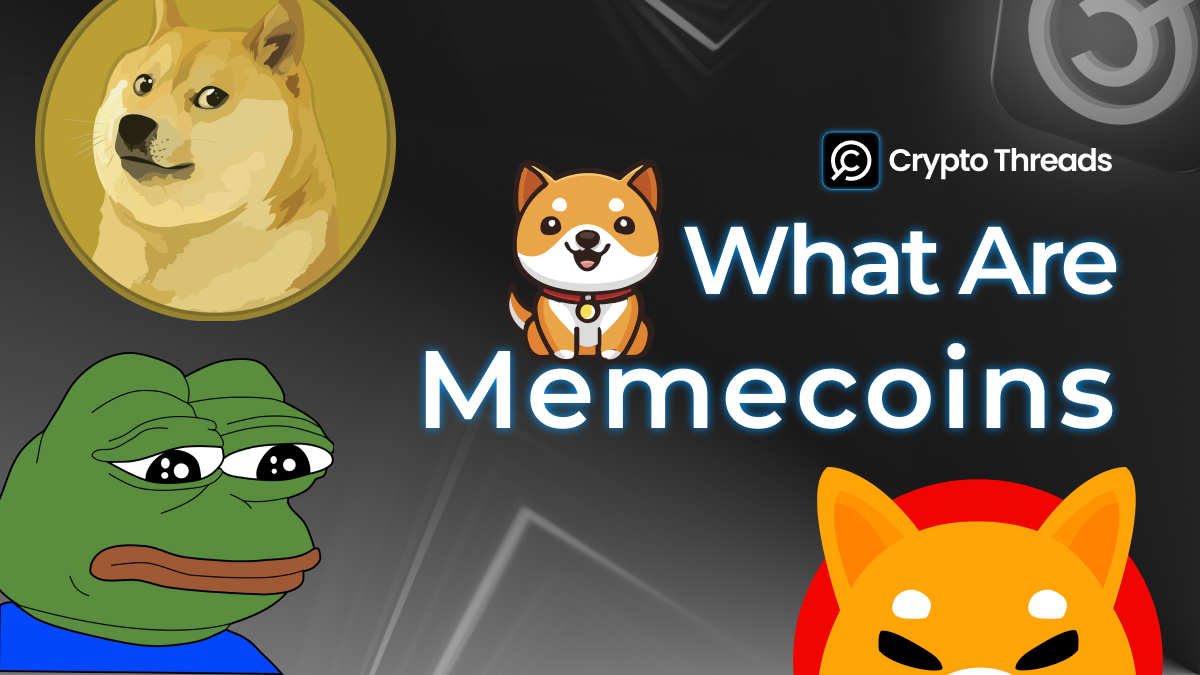
What Are Memecoins?
Memecoins are cryptocurrencies inspired by internet memes—ranging from characters and animals to humorous cultural references. These digital tokens are primarily driven by online communities, which means their prices can experience extreme volatility. The value of memecoins can surge if they gain popularity or community support, but they can also plummet just as quickly when attention shifts to new meme-based tokens.
The first-ever memecoin, Dogecoin (DOGE), was created based on the Doge meme, featuring a Shiba Inu dog. Initially a joke, Dogecoin gained significant attention due to its fast transaction speeds and low fees, making it an effective medium of exchange rather than just a lighthearted novelty.
Following Dogecoin’s success, several other meme coins, such as Pepe (PEPE), inspired by the popular Pepe the Frog meme, and Shiba Inu (SHIB), have carved out their own niches within the crypto community.
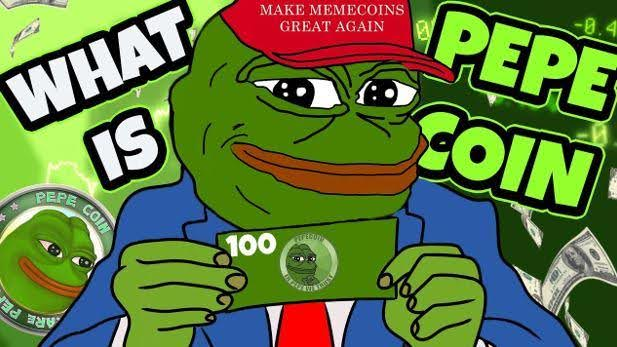
PEPE coin. Source: cryptopotato.com
How Do Memecoins Work?
Like other cryptocurrencies, memecoins leverage blockchain technology, typically utilizing platforms with smart contract capabilities, such as Ethereum (ERC-20 standard) or Solana. This allows them to offer the same functionalities as other tokens within their ecosystems.
Dogecoin is an exception to this rule, as it operates on its own unique blockchain, modeled after Bitcoin’s infrastructure. It uses a Proof-of-Work (PoW) consensus mechanism and has no upper limit on its supply, contributing to its inflationary nature.
Memecoins like Shiba Inu (SHIB) are also developing their own ecosystems, aiming to create more value for their communities with additional projects like decentralized exchanges, NFTs, and even games.
Why Are Memecoins So Popular?
The popularity of memecoins surged during the COVID-19 pandemic, driven in part by retail investors looking for ways to hedge against inflation. This coincided with a massive boom in meme-based investments, following the “meme stock” movement in late 2020. The Reddit-driven surge of GameStop (GME) and AMC Entertainment (AMC) stocks ignited the idea of driving up the price of Dogecoin, which gained traction after a Twitter push from Elon Musk.
Dogecoin’s value skyrocketed by more than 2,000% within just five days, reaching an all-time high of $0.73. However, after Musk made a lighthearted comment about DOGE during a TV appearance, its price rapidly dropped. Traders quickly moved their focus to other meme coins, including Shiba Inu (SHIB), triggering another wave of market enthusiasm.
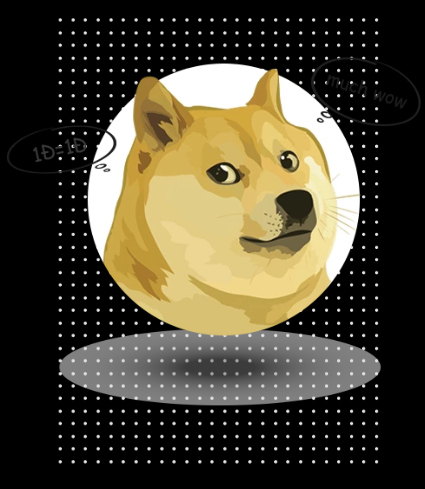
Dogecoin. Source: dogecoin.com
Another factor driving meme coin popularity is their low price. While this may not indicate much in terms of real value (due to their inflated token supply), it gives traders the illusion of holding significant amounts of tokens, such as DOGE, SHIB, or Akita Inu (AKITA), even with small investments.
The community-driven nature of memecoins also appeals to investors, as these tokens often tie into popular internet memes. Buying meme coins can be a fun way to participate in a broader online cultural trend. After the GameStop saga, Reddit groups like SatoshiStreetBets initiated a “David vs. Goliath” battle against larger cryptocurrencies, flooding the market with meme coins fueled by community engagement.
Memecoins Risk and Volatility
CoinMarketCap lists over 1,300 meme coins, but many of these are inactive and effectively worthless. Coins like Dogecoin, Shiba Inu, Pepe, and Bonk continue to see high trading volumes, but these tokens are generally regarded as speculative and volatile assets.
In the investment world, meme coins are often viewed as classic “pump-and-dump” schemes. While many of these tokens started as jokes, they can attract large followings and speculative investments, resulting in inflated prices that can collapse just as quickly when the hype dies down.
Meme coins saw explosive growth in 2021, but their unpredictable nature means they carry high risk. While cryptocurrencies like Bitcoin boast solid technology and established ecosystems, most meme coins lack the same foundation, with inflationary supply models and limited use cases beyond community-driven jokes. Only a few memecoins are built on the technology of established cryptocurrencies, such as DOGE (built on Litecoin) and SHIB (built on Ethereum).
Moreover, meme coins are heavily reliant on their communities, making them inherently speculative. This leads to volatile “pump-and-dump” cycles, where prices shoot up due to celebrity endorsements or online trends, only to crash when the community’s interest shifts elsewhere.
A cautionary tale is the Squid Game (SQUID) coin, which surged by 86,000% in a week before its development team executed a rug-pull, causing its price to crash and preventing holders from selling their tokens. This highlights the importance of performing thorough research (DYOR) before investing in meme coins.
Popular Memecoins
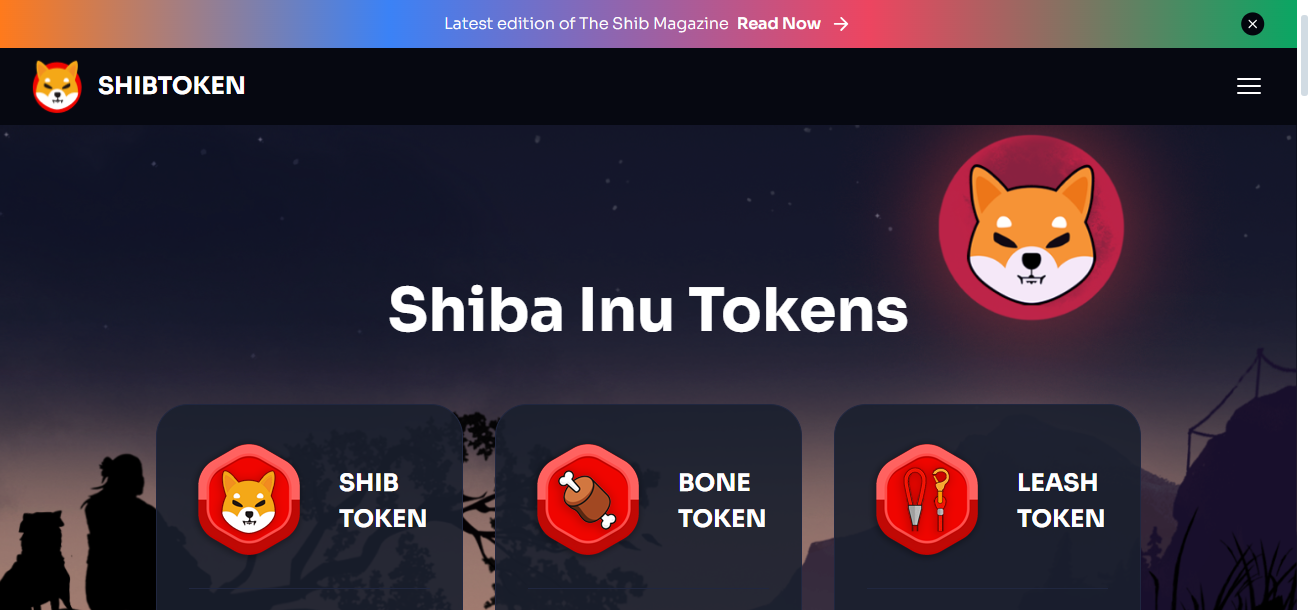
Shiba Inu SHIB. Source: @Shibtoken
Memecoins FAQs
What Are Memecoins Used For?
Unlike traditional altcoins, memecoins often lack specific utility beyond fostering large, enthusiastic communities. However, some memecoins like DOGE are also used as payment methods.
What Makes a Coin a Memecoin?
Memecoins are defined by their association with popular internet memes, which guide their creation, marketing, and community engagement.
Will Any Memecoin Reach $1?
While Dogecoin came close with a high of $0.73, no memecoin has yet reached $1.
Are Memecoins Real?
Memecoins are legitimate cryptocurrencies, but they are typically more volatile and speculative. Always do your own research before engaging with any meme coin.
